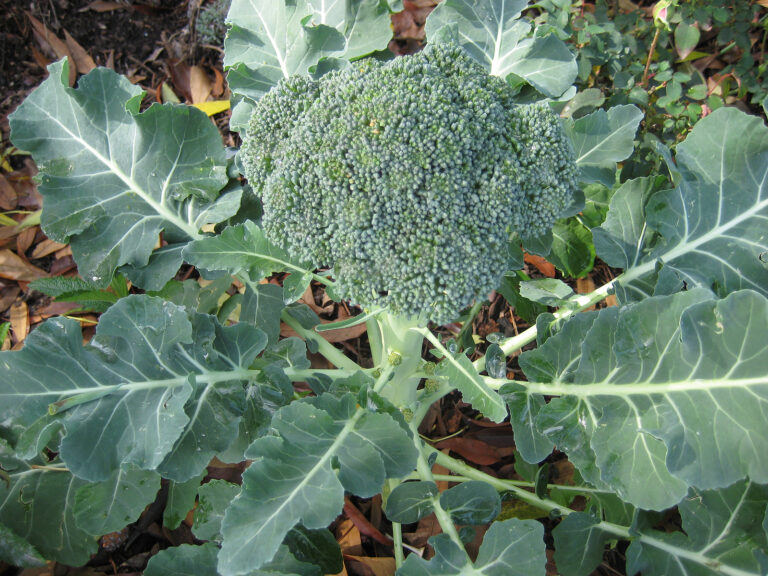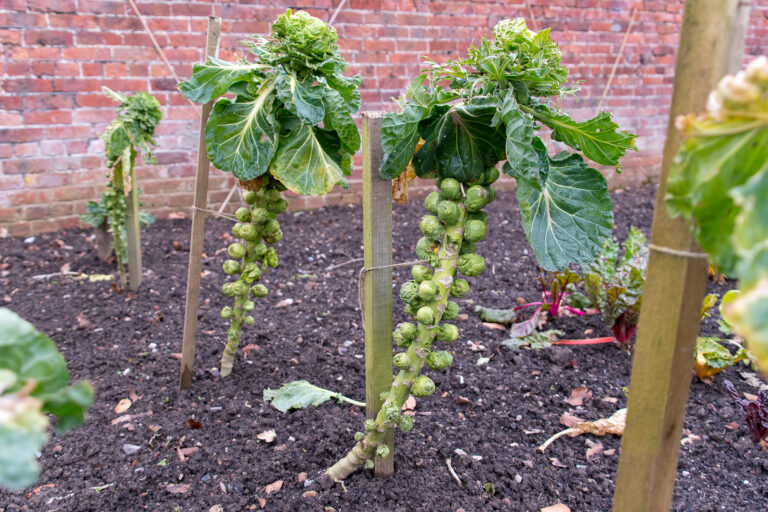How to Overwinter Artichokes for Bigger Harvests Next Year
Overwintering artichokes properly is one of the most important steps for ensuring bigger, tender buds in the following season. Over decades of growing artichokes in Sonoma Valley—both in wide perennial beds and containers—I’ve seen firsthand that plants that survive winter healthy and well-protected produce larger, more abundant buds than those neglected during dormancy.
Here’s a practical, experience-based guide for overwintering artichokes to maximize your spring harvest.
1. Timing Is Key
Artichokes naturally slow growth in cooler months. The goal is to protect the crown and roots before the first hard frost.
- Mild winter regions (zones 8–10): Begin protection in late November or early December.
- Cold winter regions (zones 6–7): Apply protection once temperatures consistently dip below 32°F.
- Very cold regions (zone 5 or lower): Consider digging crowns and storing indoors as annuals.
In my garden, I start preparing plants for winter as soon as the last harvest is complete, typically around late October.
2. Prune and Clean the Plant
Before overwintering:
- Cut back spent buds and damaged leaves.
- Remove dead or yellowing foliage near the crown.
- Trim stalks to about 8–12 inches above soil level.
This prevents disease, reduces pest habitat, and focuses plant energy on the crown and roots.
3. Mulch Generously
Mulching is the cornerstone of successful overwintering. Use 4–6 inches of:
- Straw
- Shredded leaves
- Compost
Mulch insulates the crown, moderates soil temperature, retains moisture, and prevents frost heaving. In my experience, mulched plants survive cold nights far better than unprotected crowns.
4. Water Sparingly but Deeply
Even dormant plants need some moisture.
- Water lightly once every 2–3 weeks in dry winters.
- Avoid saturating soil, which can promote crown rot.
I’ve found that a little moisture under the mulch keeps crowns plump and ready to grow when spring arrives.
5. Protect From Extreme Cold (If Needed)
For regions prone to frost:
- Place frost cloth, burlap, or breathable fabric over plants.
- In containers, move pots close to walls, under eaves, or into a garage.
- Avoid plastic that traps moisture and can cause rot.
In my garden, covering plants during unexpected freezes preserves buds for spring regrowth.
6. Early Spring Prep for Bigger Buds
As temperatures rise:
- Remove mulch gradually to let soil warm.
- Resume deep, regular watering.
- Apply a balanced organic fertilizer to encourage vigorous spring growth.
In my experience, artichokes that were properly overwintered respond quickly with strong shoots and larger first buds.
Final Thoughts
Overwintering is a small investment with big rewards. Healthy crowns and roots, protected from frost and insulated with mulch, are the secret to larger, more abundant artichoke harvests next season. Using these experience-based methods, your plants will thrive year after year, producing tender, flavorful buds that make all your care worthwhile.
Artichoke Learning Hub
Start here: How to Plant and Grow Artichokes: A Complete Guide – Full overview combining planting, care, and tips.
1. Planning and Varieties
- Best Artichoke Varieties for Home Gardeners – Choose the right variety for your climate and garden space.
- The Best Growing Conditions for Artichokes: Climate, Soil, and Sun Requirements – Understand the ideal environment for strong growth.
- The Best Companion Plants for Artichokes – Maximize productivity and garden health through smart plant pairings.
2. Starting Artichokes
- How to Start Artichokes From Seed: Indoor Sowing, Transplanting, and Timing – Begin your artichokes indoors for an early start.
- How to Plant Artichokes the Right Way: Soil Prep, Spacing, and Transplant Tips – Ensure proper planting for vigorous growth.
- When to Plant Artichokes in Your Garden: Cool-Season Timing for Every Climate – Align planting with seasonal windows.
- Artichoke Planting Calendar: Month-by-Month Guide – Reference for planting, care, and expected harvest times.
3. Care and Maintenance
- How to Water and Fertilize Artichokes for Big, Tender Buds – Ensure strong growth and large, flavorful buds.
- Artichoke Care Throughout the Season: Pruning, Mulching, and Overwintering Tips – Seasonal care strategies for healthy plants.
- How to Overwinter Artichokes for Bigger Harvests Next Year – Protect crowns for larger next-season yields.
- How to Grow Artichokes in Containers: Soil Mix, Pot Size, and Seasonal Care – For gardeners with limited space.
- Artichokes Growing Problems: Troubleshooting – Identify and solve common issues for healthier plants.
4. Harvesting, Storing, and Cooking
- How to Harvest and Store Artichokes – Timing and methods for picking tender buds.
- How to Store and Preserve Artichokes: Refrigeration, Freezing – Extend freshness and flavor post-harvest.
- How to Cook and Serve Artichokes – Turn your harvest into delicious dishes.





